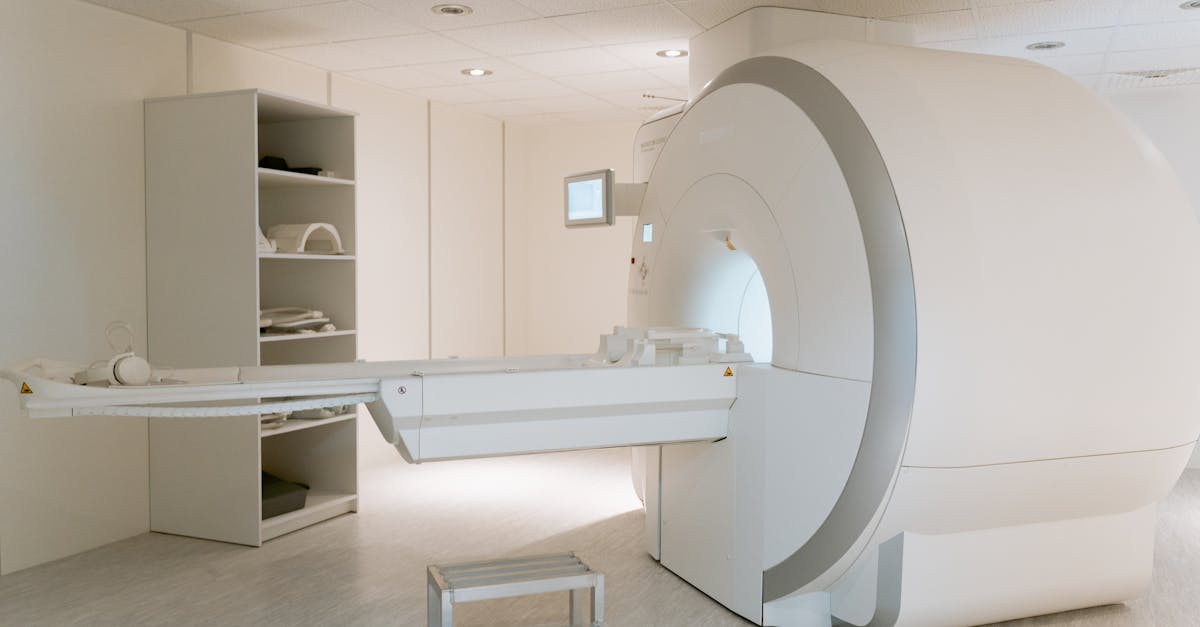The guidelines for the assessment of patients prior to a neurological intervention are a central element in the management of individuals suffering from pathologies that require surgical intervention. This assessment process allows for a thorough preoperative evaluation aimed at identifying potential risks and optimizing patient safety. The onset time of symptoms and the monitoring of patients during the hyperacute and acute phases of their condition are determining factors for guiding clinical decisions. By integrating standardized questionnaires and clinical examination, neurological practices must be tailored to the specific needs of each patient to ensure effective and personalized management.

In the field of neurology, the preoperative evaluation of patients is a fundamental process aimed at ensuring the quality and safety of care. This evaluation is particularly crucial for patients who require surgical intervention, whether scheduled or urgent. The main objective is to minimize the risks associated with procedures and improve clinical outcomes.
Before proceeding with any neurological intervention, it is imperative to gather detailed clinical information. This includes the patient’s medical history, their neurological background, as well as the onset time of neurological symptoms. In case of doubt, the precise time should be noted, especially if known, or the time at which the patient was last seen without neurological deficit. This primary step will help medical teams understand the evolution of symptoms and formulate a prognosis.
The standardized questionnaires play a key role in the preoperative assessment. They allow for the rapid and effective evaluation of the patient’s clinical signs, particularly when stroke symptoms (CVA) are suspected. The Ministry of Health, through its methodological guidelines, recommends using these tools to structure the assessment of patients affected by strokes. Using such questionnaires allows for the objectification of clinical data and facilitates clear and effective communication among the various medical stakeholders.
A thorough clinical assessment should also be carried out, including specific neurological examinations. This step is essential to identify existing neurological deficits and assess their severity. When a patient is hospitalized, it is recommended to schedule a meeting with them before the intervention, accompanied by relevant witnesses. This appointment will allow for a new clinical examination, thus ensuring that the surgical indication remains valid and that the patient is well informed of the risks and benefits associated with the intervention.
When it comes to neurological interventions, anesthesia must also be meticulously planned. In particular, for cerebral emergencies, the anesthetic assessment must integrate the specifics of the patient’s clinical state. This includes considering any medical history that may influence the chosen anesthetic technique, as well as ongoing medications that could interact with anesthesia.
Regarding the management of a patient presenting with a stroke, there are several phases to consider for a comprehensive assessment. The hyperacute phase and the acute phase of the stroke must be closely monitored, as this directly impacts the choice of available therapeutic options and potential clinical consequences. Regular evaluations of the patient’s neurological status are therefore essential to ensure appropriate and efficient management.
Another essential component of the preoperative evaluation is consulting other medical specialties. Depending on the patient’s profile, it may be necessary to involve cardiologists or other specialists for a more comprehensive evaluation, particularly in elderly patients or those with comorbidities. The #Day Hospital# is often utilized to manage standardized preoperative assessment, allowing for a systematic and multimodal approach.
The management of elderly patients deserves particular attention. Medical anomalies must be identified quickly to minimize the risks of perioperative complications. A preoperative assessment should include an evaluation of the patient’s functional capacities, as well as appropriate diagnostic tests to screen for potential anomalies. Concerns regarding polypharmacy should also be addressed, as many elderly patients take multiple medications and are therefore at increased risk for drug interactions.
To ensure the smooth running of the intervention and the safety of the patient, the postoperative follow-up must be fully planned during the initial assessment. Neurological monitoring and pain management after surgery are crucial aspects that must be subject to precise recommendations. During the recovery phase, it is paramount that medical teams be alerted to any deviation from the anticipated clinical state.
It is also important to note that new therapies in neurology, including interventional approaches, require a rigorous evaluation of their effectiveness and associated risks. In the context of evaluating new health technologies, such as the use of genetics in neurological treatment, well-established research protocols are essential to ensure that proposed treatments are both effective and safe for patients.
Medical prescribing constitutes another key step that must be addressed carefully during the preoperative evaluation. The side effects and contraindications of medications such as rivaroxaban or alendronate, for instance, must be systematically examined. Healthcare professionals are called to inform themselves about potential drug interactions, and the clinical implications on the intervention decision must be thoroughly considered.
In summary, the guidelines for the assessment of patients prior to a neurological intervention consist of essential practices aimed at establishing a solid foundation for optimal management. By integrating a thorough evaluation of clinical data, medical history, anesthesia, as well as other medical specialties, healthcare professionals can make informed decisions on the best approach to take for each patient.
To refine assessment strategies, it is also advisable to refer to the initiatives and recommendations issued by institutions such as the Ministry of Health and the Research Group on Medical Interventions. These documents provide essential guidance on best practices to ensure the safety and quality of surgical interventions in neurology.
The continuous evolution in the health field requires professionals to closely follow the latest research and advances in medicine. A living example of this evolution is provided by Dr. Eric Topol, who has studied the implications of artificial intelligence in diagnosis and treatment. For more information, you can consult his analysis on the impact of AI or explore the specific challenges faced by high-risk patients in the context of interventional cardiology.
Developing a methodical approach to the assessment of patients before a neurological intervention is essential to ensure satisfactory clinical outcomes and an improvement in patients’ quality of life. Therefore, continuous training and knowledge sharing within multidisciplinary teams should be a priority in this dynamic field of medicine.

Before any neurological intervention, it is essential to carry out an adequate assessment of patients to minimize the risks of complications and optimize surgical outcomes. This process involves a methodical and structured approach that must take into account various clinical, psychological, and social parameters. This article presents essential recommendations for an effective preoperative evaluation of patients in neurology.
Collection of Medical History
The first step of the assessment consists of a thorough review of the patient’s medical history. This includes the history of pre-existing neurological diseases, past strokes, cardiovascular issues, and other pathologies. Family history also plays a crucial role, especially in hereditary diseases. It is essential to document all previous surgeries and any complications that arose from them.
Neurological Assessment
A comprehensive clinical and neurological examination is a key element of the preoperative assessment. This should include an evaluation of consciousness, reflexes, and sensory functions. The examination should be conducted using standardized protocols to ensure the consistency of results. In the case of abnormalities, it is important to perform additional tests, such as brain imaging, to obtain a detailed view of the patient’s neurological status.
Functional and Psychological Assessment
A functional assessment should be performed to determine the impact of neurological symptoms on the patient’s quality of life. This includes standardized questionnaires that measure autonomy, mobility, and daily activities. Furthermore, a psychological evaluation is also recommended to identify mood disorders or anxiety disorders that could affect postoperative recovery.
Pre-Anesthetic Evaluation
The anesthetic assessment represents an essential step in the preoperative evaluation. The anesthetist should examine the patient’s anesthetic history and assess the risks associated with anesthesia based on comorbidities. This evaluation is crucial to avoid intra- and postoperative complications.
Discussion of Risks and Benefits
Clear and open communication with the patient and their relatives is essential. Doctors must present the risks and benefits of the procedure in a concise and understandable manner. This discussion includes aspects related to anesthesia, potential complications, as well as reasonable expectations regarding recovery and the evolution of the neurological condition. This transparency fosters the patient’s adherence to medical recommendations.
Intervention Planning
Finally, the planning of the intervention must take into account the results of the assessment. This involves selecting appropriate surgical techniques and preparing the postoperative care pathway. It is recommended to create a collaborative network that includes rehabilitation specialists, physiotherapists, and psychologists to support the patient throughout their medical journey.










